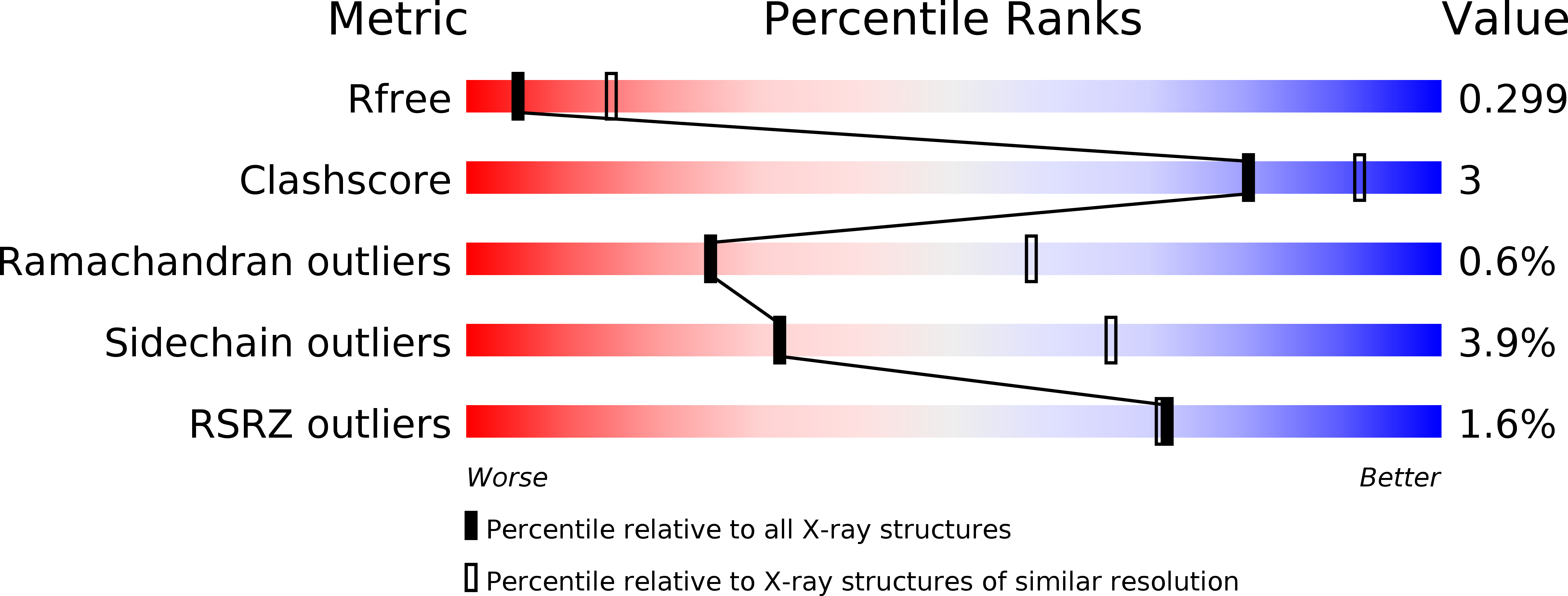
Deposition Date
2015-11-18
Release Date
2016-06-22
Last Version Date
2024-03-20
Method Details:
Experimental Method:
Resolution:
2.90 Å
R-Value Free:
0.30
R-Value Work:
0.25
R-Value Observed:
0.25
Space Group:
P 21 21 2


